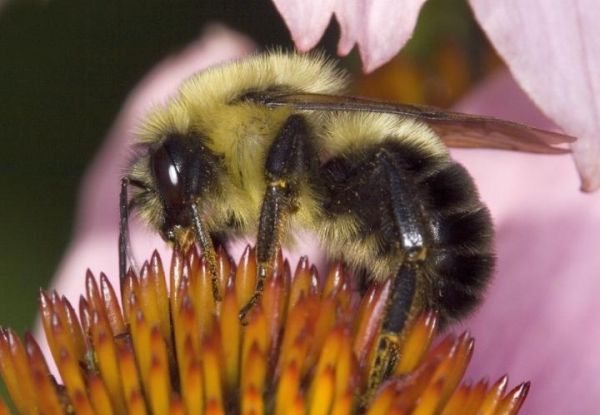Bumble bees found in low-quality landscapes — characterized by a relative lack of spring flowers and quality nesting habitat — had higher levels of disease pathogens, as did bumble bees in areas with higher numbers of managed honey bee hives, according to research led by Penn State scientists.
The results of the study, which examined how a variety of environmental and landscape characteristics influence infectious disease prevalence and bee health, can be used to inform management practices to support the conservation of bee species that provide essential pollination services in natural and agricultural ecosystems, the researchers said.
"Recent worldwide declines in wild and managed bee populations have been attributed to several factors," said the study's lead author, D.J. McNeil, postdoctoral fellow in the Insect Biodiversity Center in Penn State's College of Agricultural Sciences. "For example, extensive habitat loss and degradation has led to a lack of flowers and nest sites, which in turn has contributed to the loss of wild bee abundance and diversity."
Read more at: Penn State
Researchers found that bumble bees in landscapes that lacked quality nesting sites and spring flowers for forage had higher levels of pathogens. Their results can inform management practices to support the conservation of bee species that provide essential pollination services, they said. (Photo Credit: David Cappaert, Bugwood.org)


